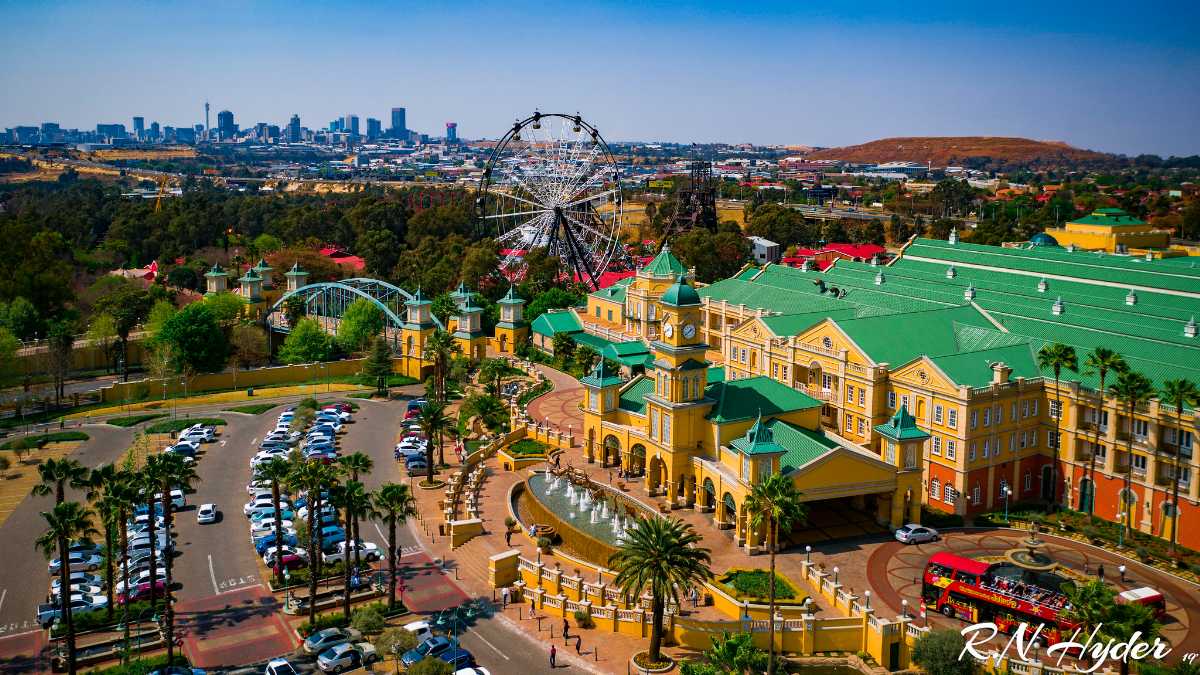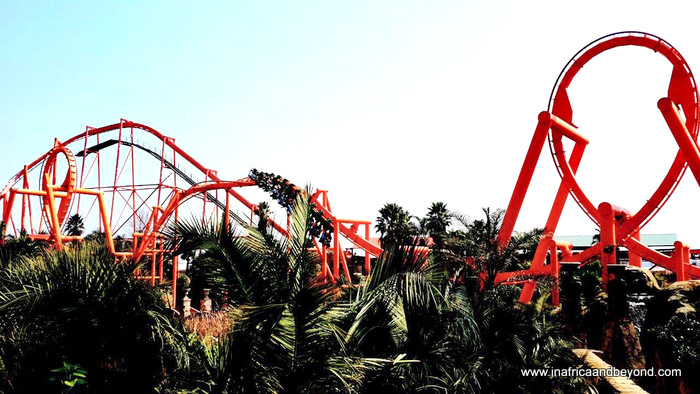Some Known Details About Johannesburg North Attractions
Some Known Details About Johannesburg North Attractions
Blog Article
Some Known Facts About Johannesburg North Attractions.
Table of ContentsGet This Report about Johannesburg North AttractionsAll About Johannesburg North AttractionsThe 5-Minute Rule for Johannesburg North AttractionsJohannesburg North Attractions Things To Know Before You BuySee This Report on Johannesburg North AttractionsSome Ideas on Johannesburg North Attractions You Should KnowThe Buzz on Johannesburg North Attractions
Nevertheless you need to maintain protection in mind and travelers have to stay sharp whatsoever times when in unfamiliar surroundings. Talk to the residents when you are in community to discover the location you are remaining in. Johannesburg North attractions. When on the road (this doesn't put on mall and various other secure settings) best basic guidance is to try your best to resemble a neighborhood and to avoid displaying any kind of type of wealth
Fascination About Johannesburg North Attractions
Teacher Revil Mason O. J. (Thomson, 1946) explored the Witwatersrand's pre-colonial history. His historical work blew up the 'em pty land' misconception, according to which the region was lacking human habitation prior to the arrival of European settlers. In his magazines Prehistory of the Transvaal: A Record of Human Activity (1962) and Origins of Black People of Johannesburg and the Southern Western Central Transvaal Advertisement 3501880 (1986 ), Teacher Mason showed the level of social and economic growth in the location prior to Europeans set foot here.

Johannesburg North Attractions Things To Know Before You Get This
In 1878, David Wardrop located gold in quartz capillaries at Zwartkop, north of Krugersdorp. In 1881, Stephanus Minnaar came throughout gold on the farm Kromdraai, near the Cradle of Mankind.
In March 1886, a protrusion (quickly to be called the Key Coral reef) was located, quite fortuitously, on Gerhardus Oosthuizen's farm Langlaagte. Some say that the Lancastrian coal miner George Walker found this reef. One more itinerant English miner, George Harrison (that had actually formerly operated in Australian mines) obtained a prospecting licence in respect of Langlaagte in May 1886.
He chose to carry on in a mission for greener pastures, and disposed of his Langlaagte insurance claim for the baronial sum of 10. Alas: underneath lay the wealthiest goldfield ever before discovered. The exploration of this rich auriferous reef provoked a gold rush that signalled the helpful hints end of agrarian serenity in the southerly Transvaal.
It would, within six years, become the largest town in southern Africa. Within a decade, it would certainly make the Z. A. R. till then an anarchical and bankrupt little state the most affluent nation in Africa. By the millenium, the Z. A. R. was to exceed Russia, Australia and the United States of America to become the globe's leading gold manufacturer, producing greater than a quarter of the world's gold.
Some Ideas on Johannesburg North Attractions You Need To Know
It was referred to as Ferreira's Camp, named after Colonel Ignatius Ferreira. He was a Boer adventurer upon whom the have a peek at this website British authorities had bestowed the status of Buddy of one of the most Distinguished Order of St Michael and St George (qualifying him to the post-nominal letters C. M. G.) in gratitude for his function in the battle that had actually deposed the Pedi king Sekhukhune in 1879.
Two other camps were established: Meyer's Camp on the farm Doornfontein, and Paarl Camp. The latter was nicknamed Afrikander Camp; lots of people from the Cape Nest worked out there.

What Does Johannesburg North Attractions Do?
This name acquired currency by word of mouth, such that the State Secretary affirmed the name to the Mining Commissioner on 9 October 1886. Stands in the town were auctioned on 8 December 1886. While some stands were cost 10, others were torn down for as little as sixpence.
Two years later on, these erven were click over here to alter hands for as long as 750 each. The tented camps dwindled as a dorp of corrugated iron structures established and expanded north of the mines situated along the Key Reef Road. Locations such as Jeppe's Town (where working-class immigrants erected their dwellings) and Doornfontein (where the wealthy brand-new 'Randlords' began to create their opulent residences) were quickly included in the ever-expanding map of the town.
What Does Johannesburg North Attractions Do?
In addition to the street names, there were no indicators of Johannesburg being positioned in a Dutch-speaking nation. Numerous years later on, C. W. Kearns O. J. (one of the first kids signed up at St John's College in 1898) would certainly recall: 'A strange truth regarding Johannesburg was that, although it remained in the [Boer Republic], almost every person talked English and also the Federal government servants addressed one in English, unless they were very first dealt with in the Taal (or Reduced Dutch)'.
Therefore, Britain had a rate of interest in making certain optimum problems for gold manufacturing on the Witwatersrand, and that the gold was exported to London rather than Berlin an essential rendered all the more clamant by the Z. A. R - Johannesburg North attractions.'s enhancing toenadering with Germany. Mine owners were on a clash with Head of state Kruger, whose plan of monopolistic concessions (usually approved to his cronies) stopped mining companies from procuring supplies of products (specifically dynamite) and labour by themselves, more affordable terms
The smart Trick of Johannesburg North Attractions That Nobody is Talking About
In 1890, the Volksraad had limited the franchise to white males that had actually lived in the Z. A. R. for fourteen years or longer, therefore disqualifying many of the immigrants (who occurred to be the significant contributors to the fiscus). Nonetheless, agitation for the vote was a simple pretense for promoting a different program; a lot of uitlanders concerned themselves as momentary visitors and had no intent of remaining in the Z.
Report this page